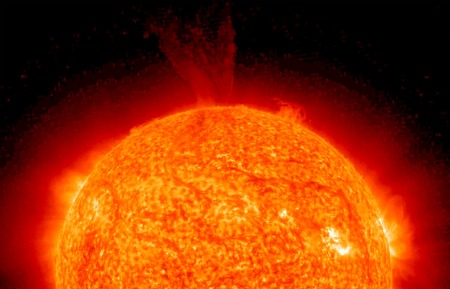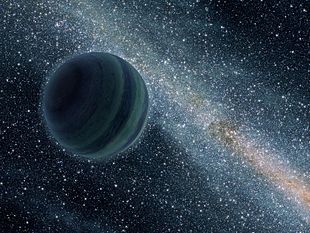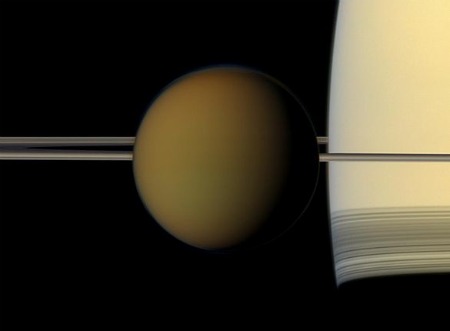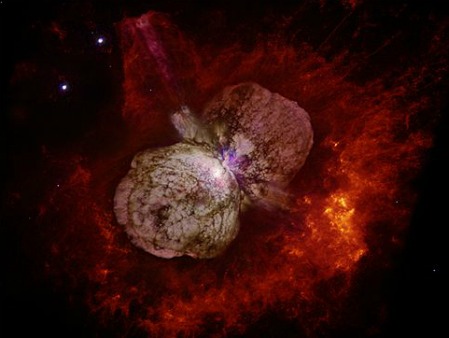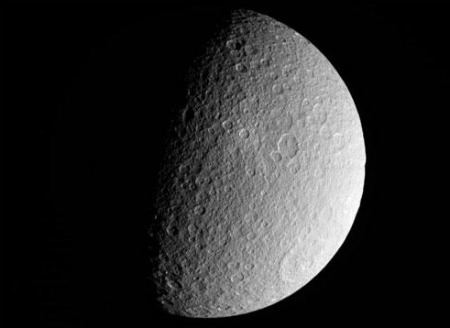
NASA's Cassini spacecraft took this raw, unprocessed image of Saturn's moon Rhea on March 10, 2012. The camera was pointing toward Rhea at approximately 26,019 miles (41,873 kilometers) away.
The Cassini spacecraft wandered near Saturn’s icy moon Rhea last week and grabbed some eye candy of the frozen satellite. [Read more…]

